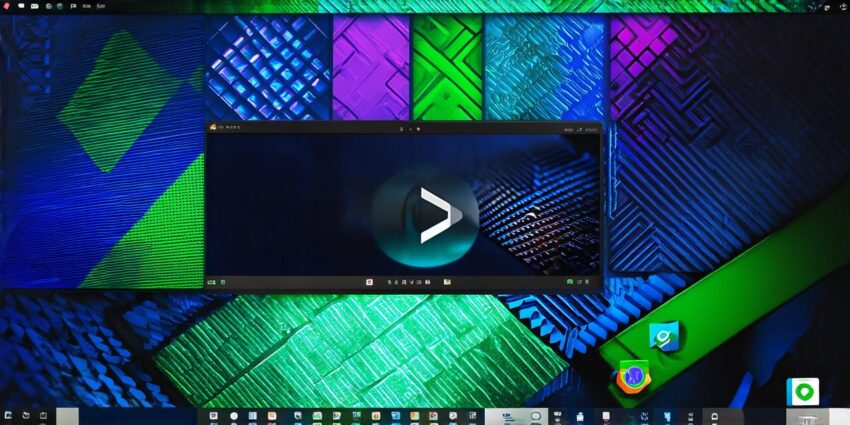
1. Establish Clear Communication Channels
Communication is key in any team, but it’s even more important when working remotely. As a leader, you need to establish clear communication channels that allow everyone on the team to easily share ideas and collaborate.
This can include email, instant messaging apps, video conferencing tools, and project management software.
One example of a company that has successfully established clear communication channels is GitHub. GitHub is an online platform that allows developers to collaborate on code, track bugs, and manage projects. The platform has a built-in communication system that allows team members to chat with each other in real-time, share files, and track progress.
2. Set Clear Goals and Expectations
When leading a remote software team, it’s important to set clear goals and expectations from the outset. This will help ensure that everyone on the team is working towards the same objectives and understands what is expected of them.
One way to set clear goals and expectations is by creating a shared document that outlines the team’s mission, vision, and objectives. This document should be accessible to everyone on the team and updated regularly as needed.
Another important aspect of setting clear goals and expectations is establishing regular check-ins with team members. This can include weekly or bi-weekly meetings where team members can discuss their progress, share updates, and ask questions.
3. Foster a Sense of Teamwork and Collaboration
Even though your team is working remotely, that doesn’t mean you can’t foster a sense of teamwork and collaboration. One way to do this is by encouraging team members to communicate regularly and share their ideas and feedback with each other.
You can also organize virtual team-building activities such as virtual happy hours, online games, or virtual book clubs. These activities can help build camaraderie and foster a sense of community among team members.
4. Encourage Continuous Learning and Development
As a leader, you want to ensure that your team is constantly learning and growing. This is especially important in the fast-paced world of software development, where new technologies and tools are emerging all the time.
One way to encourage continuous learning and development is by providing opportunities for team members to attend virtual workshops, webinars, or conferences. You can also set up internal training programs that allow team members to learn from each other and share their knowledge with the rest of the team.
5. Establish a Work-Life Balance
When leading a remote software team, it’s important to establish a work-life balance for your team members. This can be challenging, especially when team members are working from home and may have family or other commitments.
One way to help team members establish a work-life balance is by setting clear expectations around work hours and availability. You can also encourage team members to take regular breaks throughout the day and to disconnect from work outside of their designated work hours.
Conclusion:
Leading a dedicated remote software team can be challenging, but with the right strategies in place, you can ensure that your team is working efficiently and effectively towards shared goals. By establishing clear communication channels, setting clear goals and expectations, fostering a sense of teamwork and collaboration, encouraging continuous learning and development, and establishing a work-life balance, you can help your remote software team achieve success and drive business growth.
FAQs:
Here are some frequently asked questions about leading a remote software team:
Q: What tools do I need to effectively lead a remote software team?
A: Effective communication channels such as email, instant messaging apps, video conferencing tools, and project management software are essential for leading a remote software team.
Q: How can I foster a sense of teamwork and collaboration among my remote software team?
A: Encourage team members to communicate regularly and share their ideas and feedback with each other, and organize virtual team-building activities such as virtual happy hours, online games, or virtual book clubs.
Q: What are some ways to encourage continuous learning and development among my remote software team?
A: Provide opportunities for team members to attend virtual workshops, webinars, or conferences, and set up internal training programs that allow team members to learn from each other and share their knowledge with the rest of the team.
